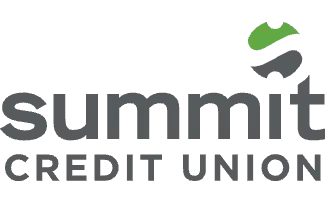Identity Theft: How To Spot It, Then Stop It.
Financial Education
Switching Banks: What to Consider and 5 Easy Steps to Make It Happen
Digital Banking
-
We’re a credit union, not a bank. If you’re not familiar with the difference between the two, here are some key things to know: -
A credit union is a financial cooperative owned by its members, whereas a bank is a for-profit corporation. At Summit, our “customers” are also our member-owners, which means that everything we do is with our members’ best interests in mind. At banks, their ultimate customers are the shareholders who have invested in them. -
Credit unions can give their members a great overall package of competitive rates, lower fees and exceptional service because they’re not bound to shareholder interests the way banks are. -
Credit union members vote to decide who serves on the board of directors. (And you can even volunteer yourself.)
-
-
Cash Boomerang
*
-
Direct deposits -
Household bills (rent or mortgage, utilities) -
Recurring payments (student loans, car payments, credit cards) -
Insurance (auto, home, health) -
Family and wellness services (childcare, gym membership) -
Subscription services (like Netflix) -
Online and mobile banking tools -
Other income sources, like investment earnings or Social Security benefits
Open your new account.
-
Summit makes it easy peasy. Just click on the link and walk through the process – we're always here to help too!
-
Leave your old account open for six weeks, so you have enough time to transition all your payments and services. Keep enough cash in this account to cover any automatic payments that might go through before your new account is all set up. Overdrafts can be expensive! -
Put enough money in your new account so can start using it for some of your recurring payments. At Summit, we try hard to
-
Institution name -
Location -
ABA routing number -
Account number
-
Talk to your employer ahead of time about getting your paycheck deposited into your new account. We suggest doing this as soon as possible so you don’t have any problems with your next direct deposit. You’ll also need to go to the website for each of your other deposits/payments to add your new account information.
-
Again, don’t close your old account too quickly – wait until the next cycle of bills and deposits goes through to make sure everything is functioning correctly. There’s always a chance there could be a hiccup in the process or something you forgot, so it’s nice to keep some cash in the old account just in case.
-
But first, transfer any remaining money from your old account into your new one. Just make sure this won’t create fees – some accounts require you to maintain a minimum balance. -
Some financials will let you close your account online; others might require you to call, visit a local branch or submit a written request. Check with your financial institution to find out which is true for them. -
You should receive written confirmation (letter or email) that your account is closed. When you’ve got this in hand, shred your old credit and debit cards. -
Changing financials can feel like a chore. But think of the upside! You’ll have a financial partner you can trust, one that cares if you succeed. So worth it!
Open an account online
schedule an appointment

3 Myths And Facts About Fraud

Breaking Free of the “nsf” Fee

What’s A Digital Wallet?

4 Mobile Security Safety Tips Everyone Should Know

4 Cash Flow Tips For Small Businesses

Switching Banks: What to Consider and 5 Easy Steps to Make It Happen

6 Tips To Be A Money Savvy Traveler
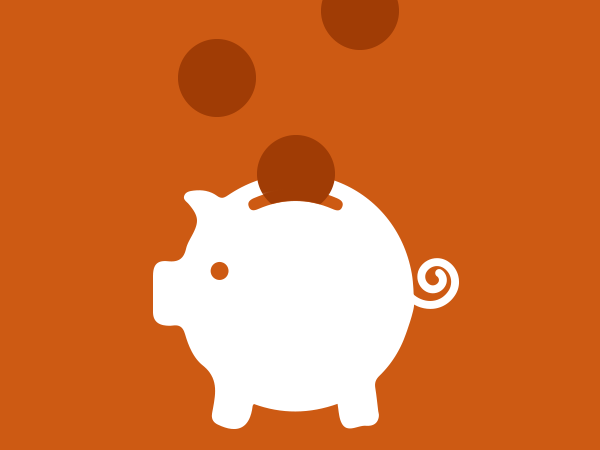
Don't Forget To Add Finances To Your Spring Cleaning List

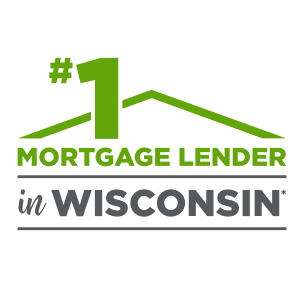

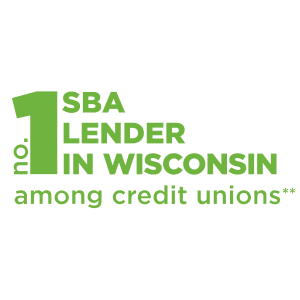
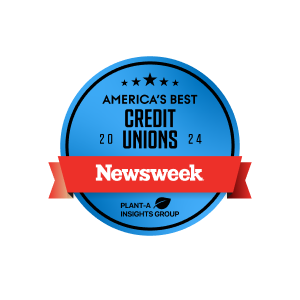
Featured Products
Financial Education
About
Help & Support





Stay on SummitCreditUnion.com
Go
Consumer Financial Protection Bureau's website.


